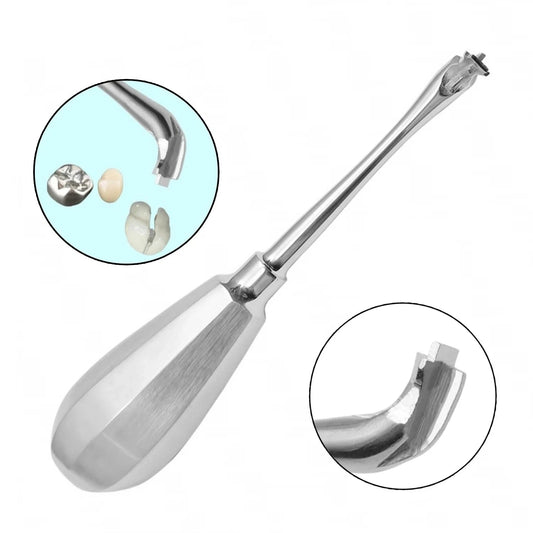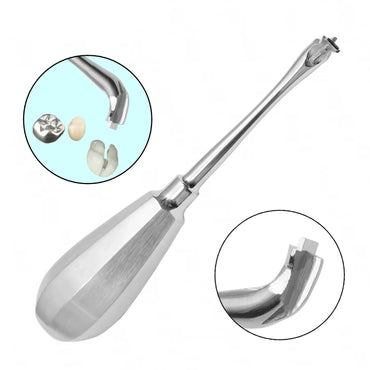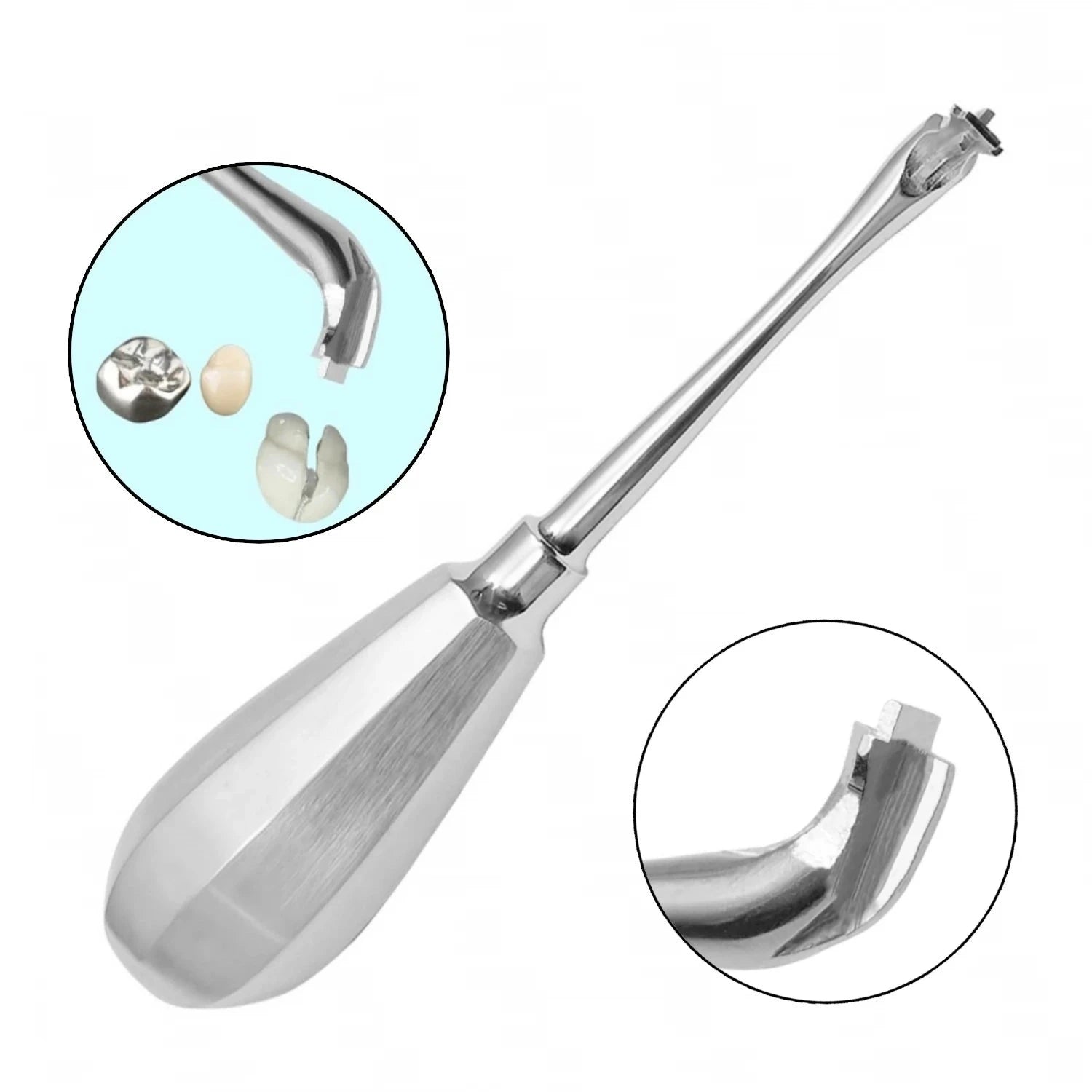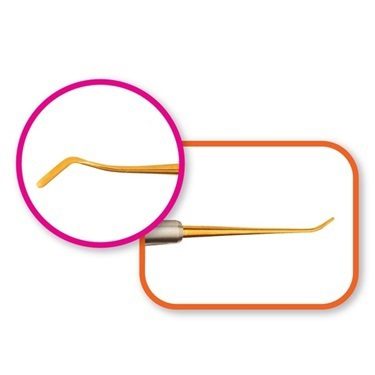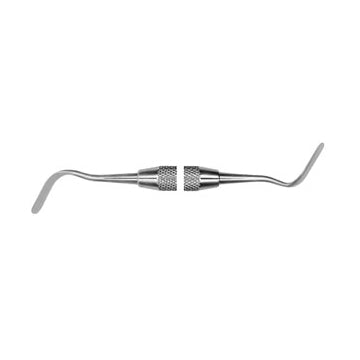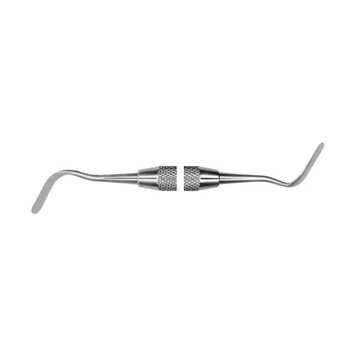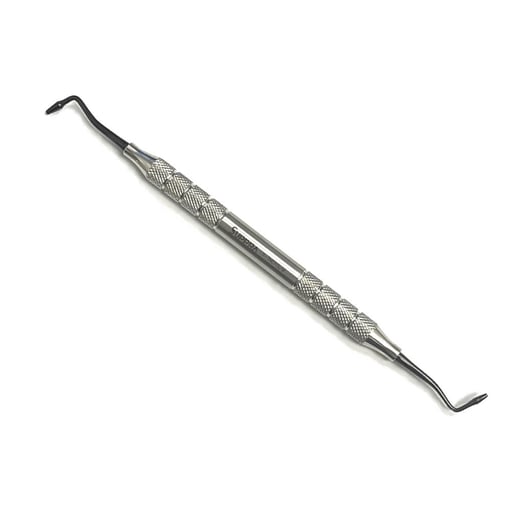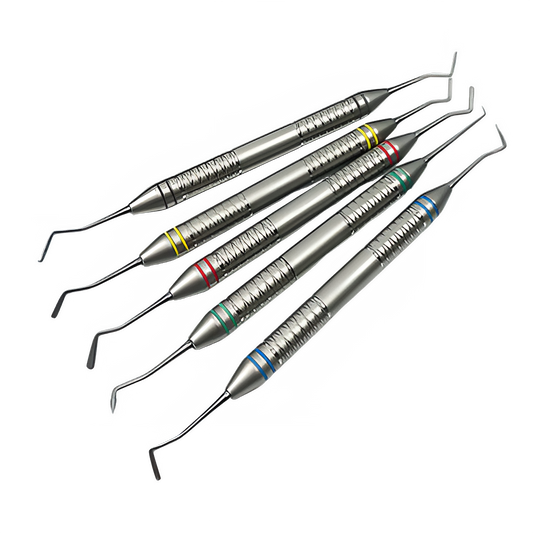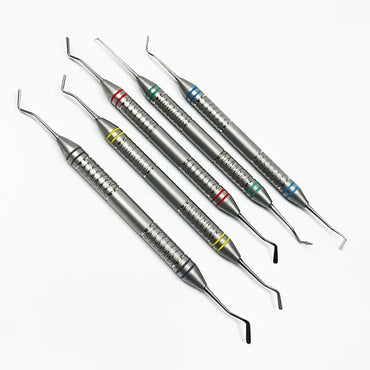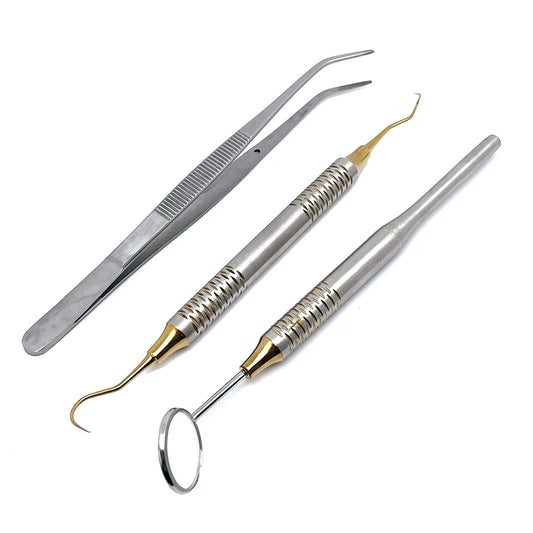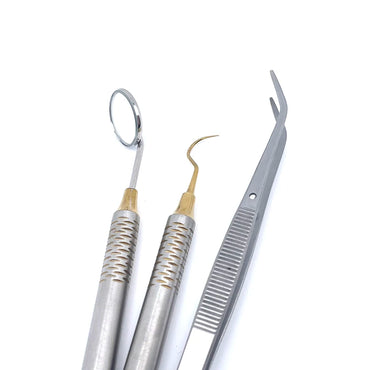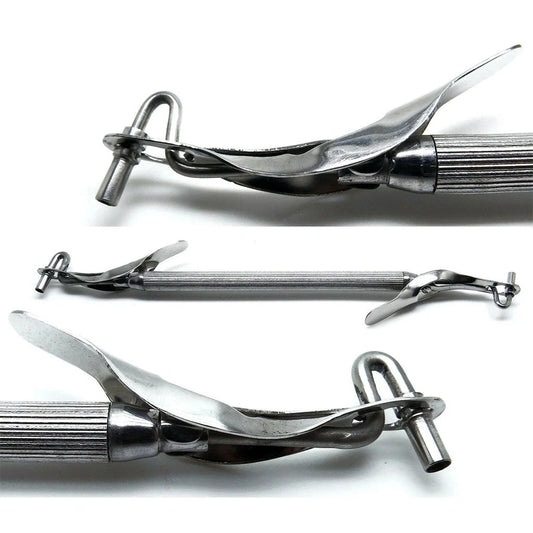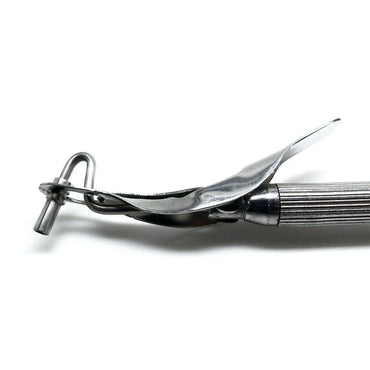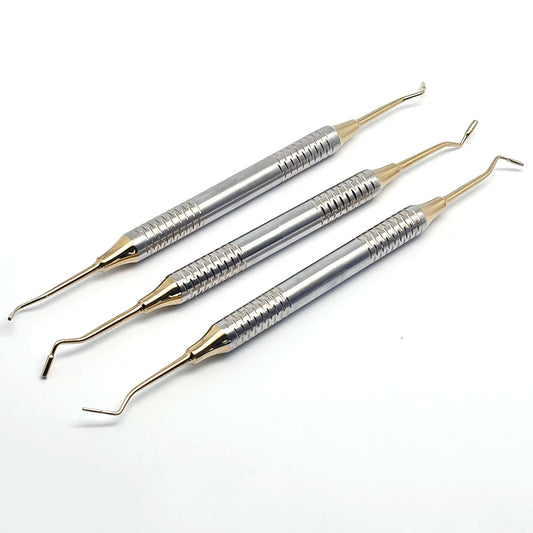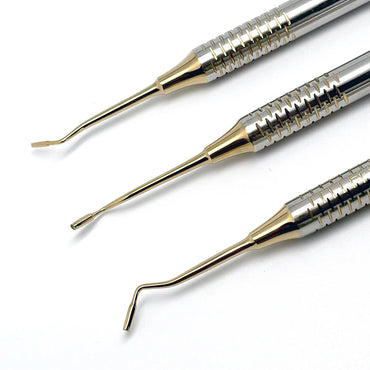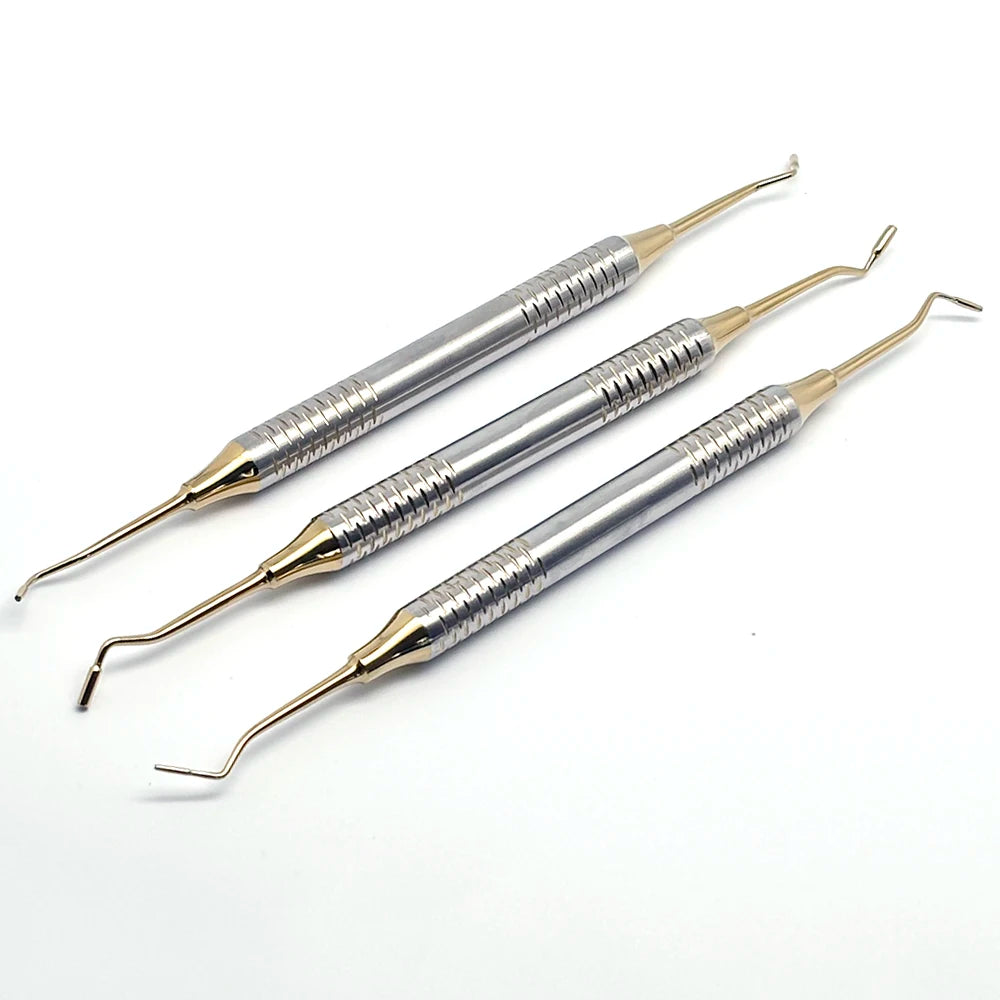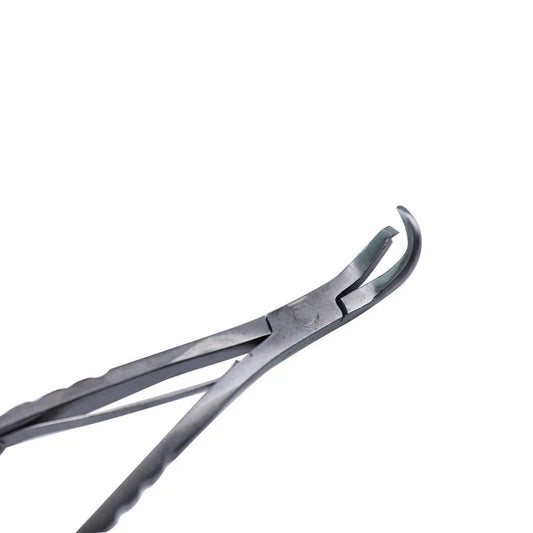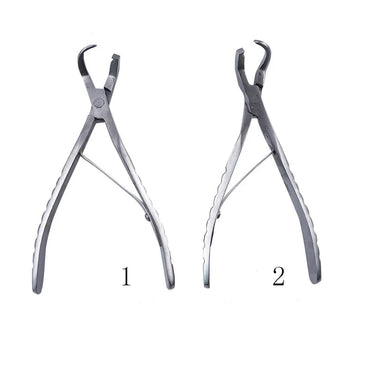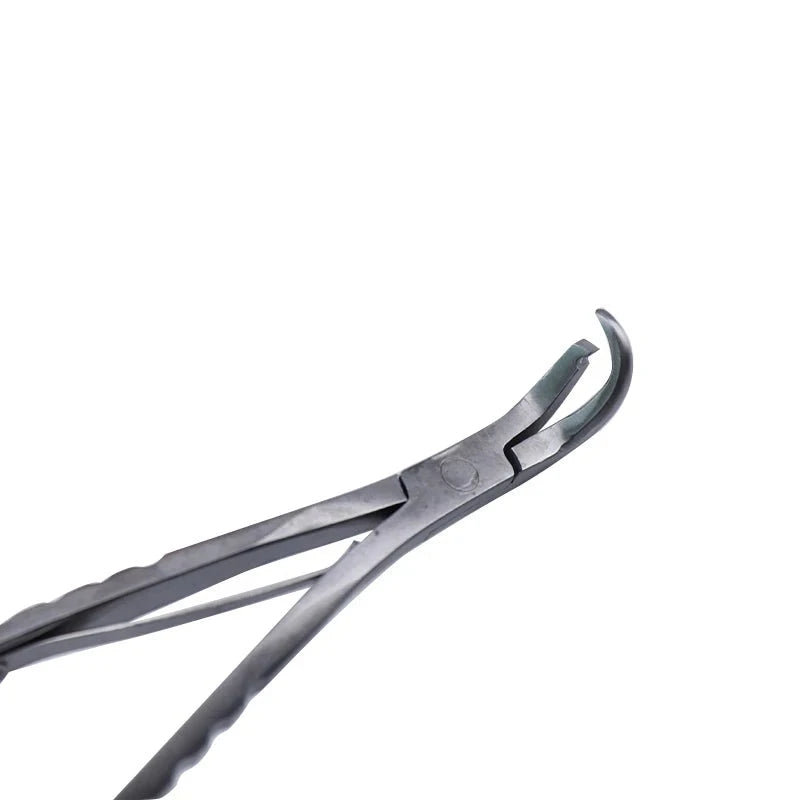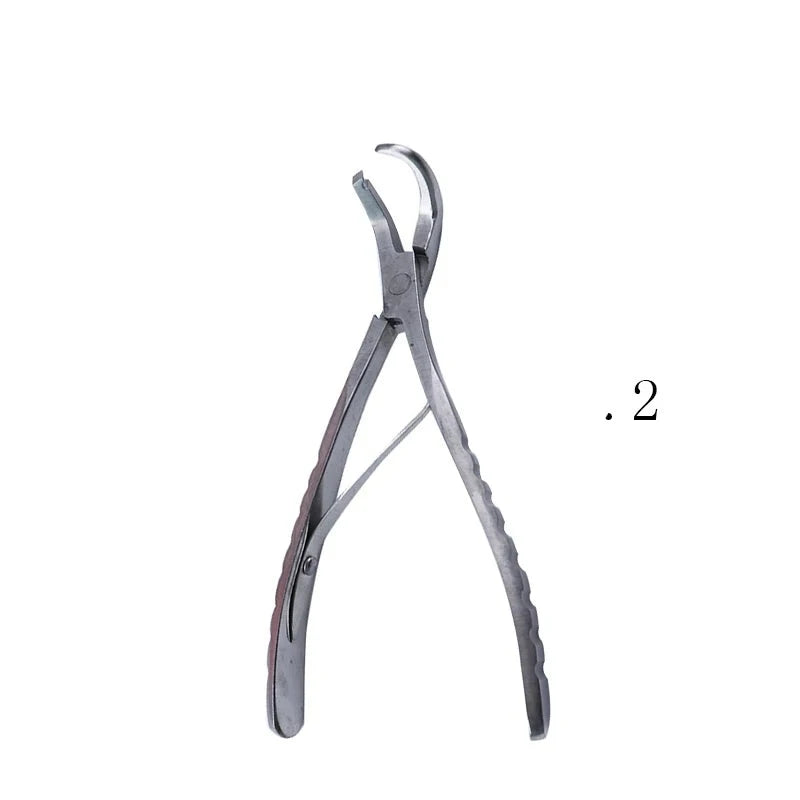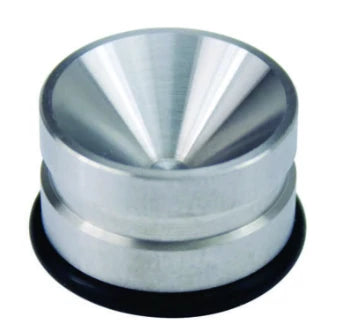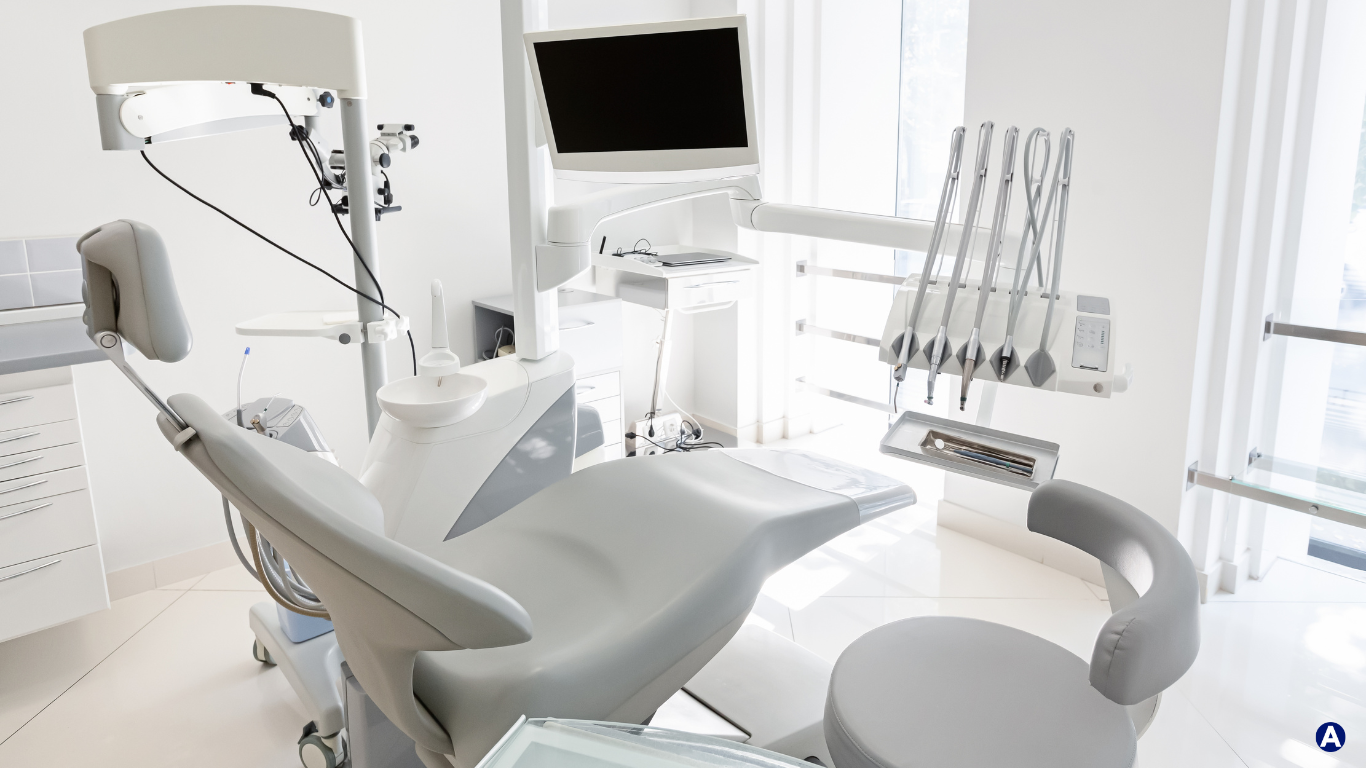In the competitive landscape of modern dental practices, patient care and business efficiency often go hand in hand. Dentists continually strive to improve patient outcomes while also maintaining profitability. One tool that has proven essential in meeting both of these goals is the intraoral camera. This technology not only enhances diagnostics but also plays a pivotal role in improving patient education and case acceptance.
In this blog, we will explore the crucial role of intraoral cameras in increasing case acceptance and why integrating this tool in your practice can lead to better patient communication, understanding, and trust.
What is an Intraoral Camera?
An intraoral camera is a small, pen-like device that allows dentists to take high-resolution images inside a patient’s mouth. These images can be projected onto a screen, enabling both the dentist and patient to see conditions up close. Unlike traditional methods where patients rely solely on the dentist's description, intraoral cameras offer a visual explanation that enhances patient comprehension.
With the ability to capture real-time images, intraoral cameras provide documentation of dental conditions, such as cavities, gum disease, cracked teeth, and other issues. These images are stored in the patient’s digital records and can be used for treatment planning and future reference.
Bridging the Communication Gap
One of the primary reasons patients hesitate to accept dental treatment is a lack of understanding. Dental issues are often hidden or not immediately painful, making it difficult for patients to grasp the urgency of care. For many patients, a description of decay or damage isn’t enough to convince them to proceed with recommended treatment.
Here is where the intraoral camera shines. By providing patients with a visual tour of their own mouth, dentists can bridge the communication gap. Instead of relying on technical jargon, you can show patients exactly what you’re seeing. Whether it’s the beginning stages of gum disease or a developing cavity, the visual aid helps patients understand the condition of their teeth and gums.
Visual learners especially benefit from this approach. When patients see an actual image of their oral health issues, they are more likely to accept treatment because they can appreciate the need for it. It's no longer a matter of simply trusting the dentist's expertise; it becomes an informed decision based on clear, visible evidence.
Building Trust Through Transparency
Patients are more likely to move forward with treatment when they trust their dentist. An intraoral camera fosters transparency by making patients part of the diagnostic process. Instead of feeling left in the dark, patients are actively involved in understanding the state of their oral health.
By showing patients clear, unfiltered images, dentists can highlight the severity of issues like cavities, cracked teeth, or gum recession. The images serve as an undeniable piece of evidence. The transparent nature of this tool helps build trust between the dentist and the patient, as patients see firsthand what’s going on in their mouth.
Intraoral cameras also allow dentists to track progress over time. By comparing before and after images, patients can visually confirm improvements post-treatment, reinforcing the trust in their dentist’s recommendations.
Increasing Case Acceptance with Intraoral Cameras
The combination of enhanced communication, transparency, and trust naturally leads to increased case acceptance. Patients are far more likely to follow through with treatment plans when they have a clear understanding of the problem and a strong relationship with their dentist.
1. Visual Evidence of Treatment Needs
As discussed earlier, the intraoral camera provides a visual explanation for dental conditions. Patients are more likely to agree to treatment when they can clearly see a cavity forming or a cracked tooth that needs a crown. Without this visual evidence, patients may downplay the issue or decide to wait until the pain becomes unbearable, which could lead to more costly and complex treatments.
2. Streamlining the Consultation Process
Intraoral cameras can also streamline the consultation process. Instead of long explanations or trying to draw out diagrams, dentists can quickly show patients what’s happening inside their mouths. This can lead to shorter, more productive consultations, allowing patients to make informed decisions without feeling overwhelmed by too much information.
3. Improved Documentation and Insurance Claims
Another benefit of intraoral cameras is the ability to document conditions clearly. In cases where insurance companies need proof of a procedure's necessity, the high-quality images captured by intraoral cameras provide compelling evidence. This speeds up the claims process and reduces the likelihood of insurance denials, further increasing the chances of patients accepting treatment.
4. Engaging the Patient in Their Health Journey
When patients see their dental issues on a screen, they are more likely to take ownership of their oral health. The intraoral camera empowers patients by making the information accessible and engaging. By making patients more active participants in their care, dentists can increase the likelihood that patients will commit to preventive measures, maintenance, and treatment plans.
Benefits Beyond Case Acceptance
While the primary focus of this blog is on increasing case acceptance, the benefits of using intraoral cameras extend far beyond that. This tool allows dentists to:
-
Monitor Changes Over Time: Regular use of the intraoral camera helps track the progression of certain conditions, allowing dentists to intervene earlier when necessary.
-
Enhance Patient Education: Showing patients the difference between healthy and unhealthy teeth or gums can encourage preventive care, such as better oral hygiene habits.
-
Improve Documentation: The high-resolution images stored in patient files help in future treatment planning and can even be shared with specialists for collaborative care.
Intraoral cameras have revolutionized the way dental professionals communicate with patients. By offering a clear, visual understanding of dental issues, these devices foster transparency, build trust, and enhance patient education. As a result, case acceptance rates increase, benefiting both the patient and the practice. For dentists looking to improve patient care and grow their business, investing in intraoral cameras is a smart, forward-thinking decision. Not only will it lead to better patient outcomes, but it will also create a more efficient and trustworthy practice. In a world where trust is critical to healthcare, intraoral cameras are proving to be a powerful tool in earning patient confidence and improving case acceptance rates.







